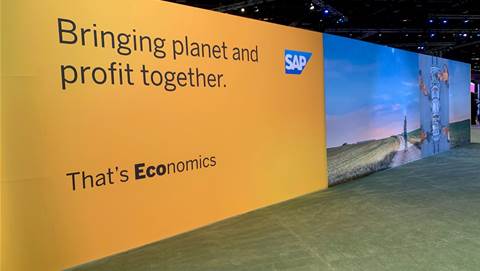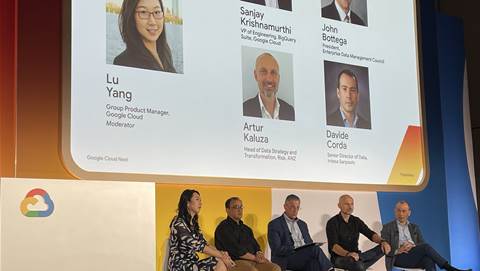The carbon emission impact of data centres is expected to significantly worsen over the next five to ten years due to the expansion of the sector.
Digital Nation spoke to Chris Thorpe, CEO of Leading Edge Data Centres for a mini-documentary on the subject.
Thorpe highlights the key technologies that Leading Edge deploys to improve the efficiency and reduce the carbon emissions of its data centres.
By covering of its data centres in a solar shield, systems are able to operate at higher efficiencies, says Thorpe.
“What that solar shield does is it gives us a significantly longer life cycle to the whole project… So we get longevity, we’re able to keep that building cool and promote cooler airflow over the facility.”
Thorpe says the company anticipates to see a further reduction in power usage effectiveness (PUE) as a result of their relationship with Schneider Electric.
“We have the Schneider eco-structure across the whole facility, so it's basically a smart building management. And that looks at power consumption across that whole environment.”
According to Thorpe, renewable energy adoption will play a key role in reducing the carbon footprint of data centres in the next two years.
“The generation of renewable power has increased significantly, just in the last 12 or 18 months,” he said.
“I think one of the biggest challenges is the actual grids aren't designed necessarily to take that power in. So there are some challenges to overcome there. But I can see this market, particularly in Australia because of the large supply of sunshine, that the market is going to change quite significantly over the next two or three years.”
The biggest factor in the electricity consumption of data centres is the cooling environment according to Joe Craparotta, VP of IT Business at Schneider Electric.
“With data centre loads, and data centre densities continuing to increase, what takes up a lot of that energy consumption is just cooling the environment to a certain point to make the environment sustainable.
“We've come a long way over the years in making almost all components, the cooling component, and the power component of a data centre, far more efficient. But there's a way to go. And there's constant innovation in the cooling technology.”
For businesses that outsource to data centres, understanding the sustainability commitments of the supplier base will not only allow for a better assessment of electricity consumption but will also work to hold partners accountable to reducing emissions.
“Really you have to look at all your supplier base, as in who you're working with, and what steps they're taking down the chain,” said Thorpe.
“It’s making people accountable, making other partners that you do business accountable for their energy consumption, making sure that they're fully aware and really approaching things in a sustainable way. That's going to motivate the other party to bring this sustainability to the forefront.”
Credit: The video was produced by Josh Lundberg and Matthew Ryan.




.png&h=140&w=231&c=1&s=0)


 iTnews Executive Retreat - Security Leaders Edition
iTnews Executive Retreat - Security Leaders Edition












_(1).jpg&h=140&w=231&c=1&s=0)



